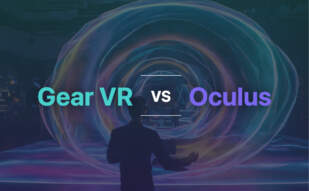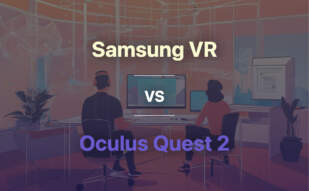For immersive VR experiences with advanced tracking, DK1 by Oculus VR, with its robust VR library and continued support, is recommended. However, if you seek a mobile VR-centred gaming setup, the now-discontinued Gear VR by Samsung offers a worth-exploring legacy.
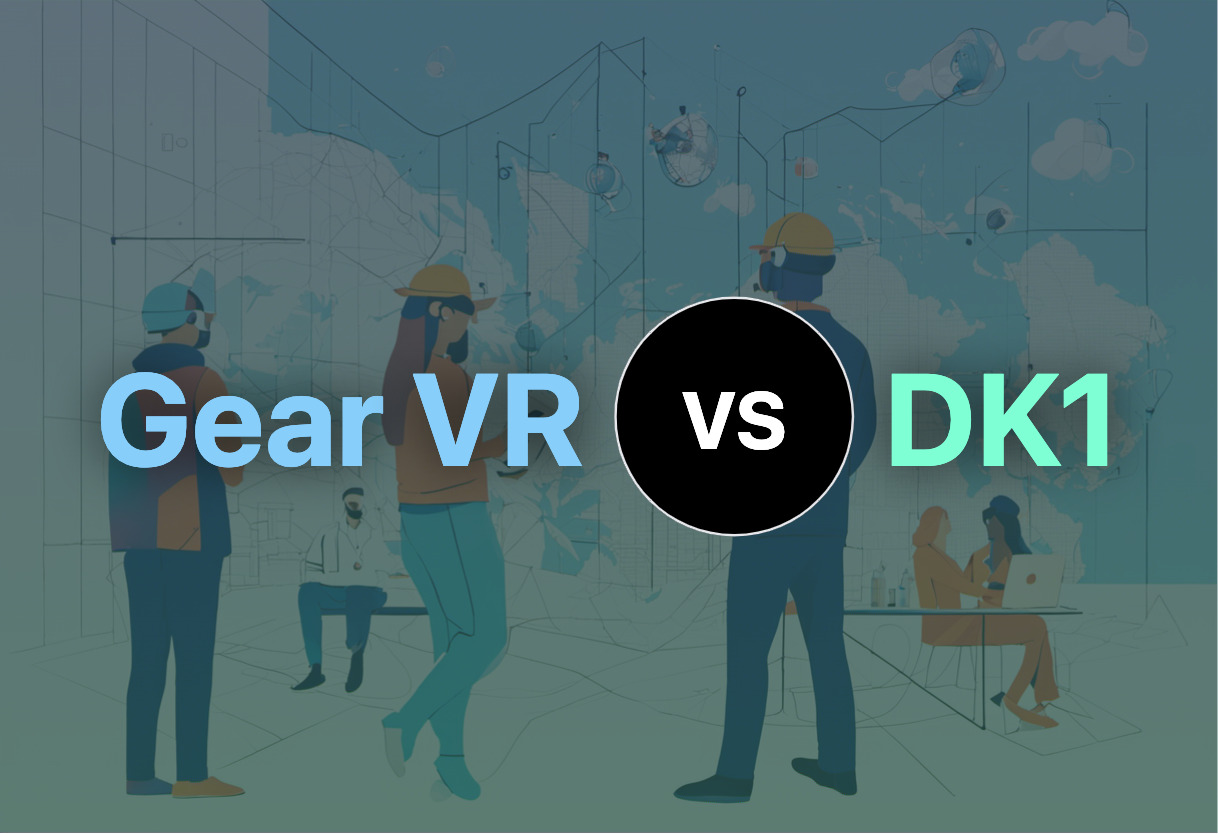
Key Differences Between Samsung Gear VR and Oculus VR DK1
- Development and Release: Gear VR secured by a partnership between Samsung and Oculus VR and first announced in 2014. DK1 heralded the revival of the VR industry, introduced by Oculus in 2013.
- Compatibility: Gear VR works with specific Samsung Galaxy devices, utilising their display and processor. Oculus Rift series, including DK1, requires a cabled connection to a computer.
- Use Case: Gear VR primarily targets mobile VR-based gaming and simulations, while DK1 aimed to offer an affordable, immersive VR experience for development and gaming.
- Maintenance: While Samsung discontinued Gear VR in 2020, Oculus continues the VR journey, with the Rift series succeeding the DK1.
| Comparison | Samsung Gear VR | Oculus Rift |
|---|---|---|
| Initial Release | Nov 27, 2015 | March 28, 2013 |
| Discontinued | Sep 30, 2020 | April 2021 |
| Units Sold | 5 million | 200,000 (developer kits) |
| Main Use | Mobile VR-based gaming, simulations, science, medical education | VR experience, gaming, development houses |
| Input Hardware | Touchpad, back button, proximity sensor | Touch controllers, IR-based system for 3D space tracking |
| Field of View | 96 degrees (first three models), 101 degrees (R323) | Wide stereoscopic |
| Latency | <20ms MTP | <15ms tracking |
| Support Status | Discontinued by Samsung, supported by Oculus | Succeeded by Oculus Quest, library remains compatible |
| Connection Type | Wired (USB-C or micro-USB) | Wireless (Quest 2); Wired (Rift S – computer connection) |
What Is Samsung Gear VR and Who’s It For?
Samsung Gear VR, a virtual reality headset, was a collaboration between Samsung Electronics and Oculus VR. Released in 2015, the headset sold 5 million units, dominating the mobile VR gaming scene. You used your compatible Galaxy device as the display, becoming immersed in simulations through the headset’s field of view. The primary audience was tech enthusiasts, gamers, and education sectors implementing VR-based learning.
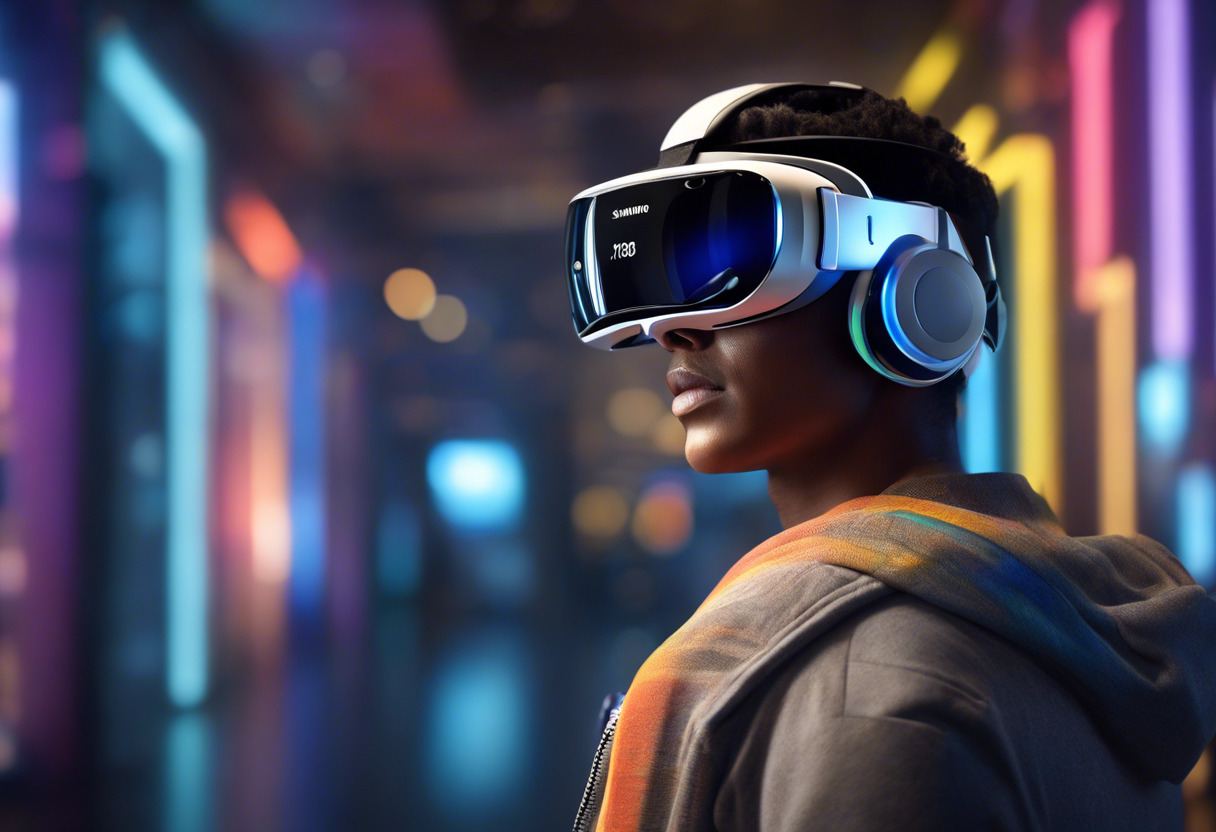
Pros of Samsung Gear VR
- Immersed in mobile VR-based gaming and simulations at high-res
- Custom IMU for rotational tracking
- Touchpad and proximity sensor for user-friendly control
Cons of Samsung Gear VR
- Supported only specific Galaxy devices
- Discontinued by Samsung in 2020
- Focused more on mobile gaming, less on professional applications
What Is Oculus Rift and Who’s It For?
Oculus Rift, catapulted by Oculus VR, revitalized the VR industry by providing a realistic VR experience at an affordable price. The hardware’s iterations culminated in the Rift S, equipped with high-resolution, a robust tracking system, and touch controllers for an immersive and comfortable experience. It targets gamers, VR enthusiasts, and developers interested in VR content creation.
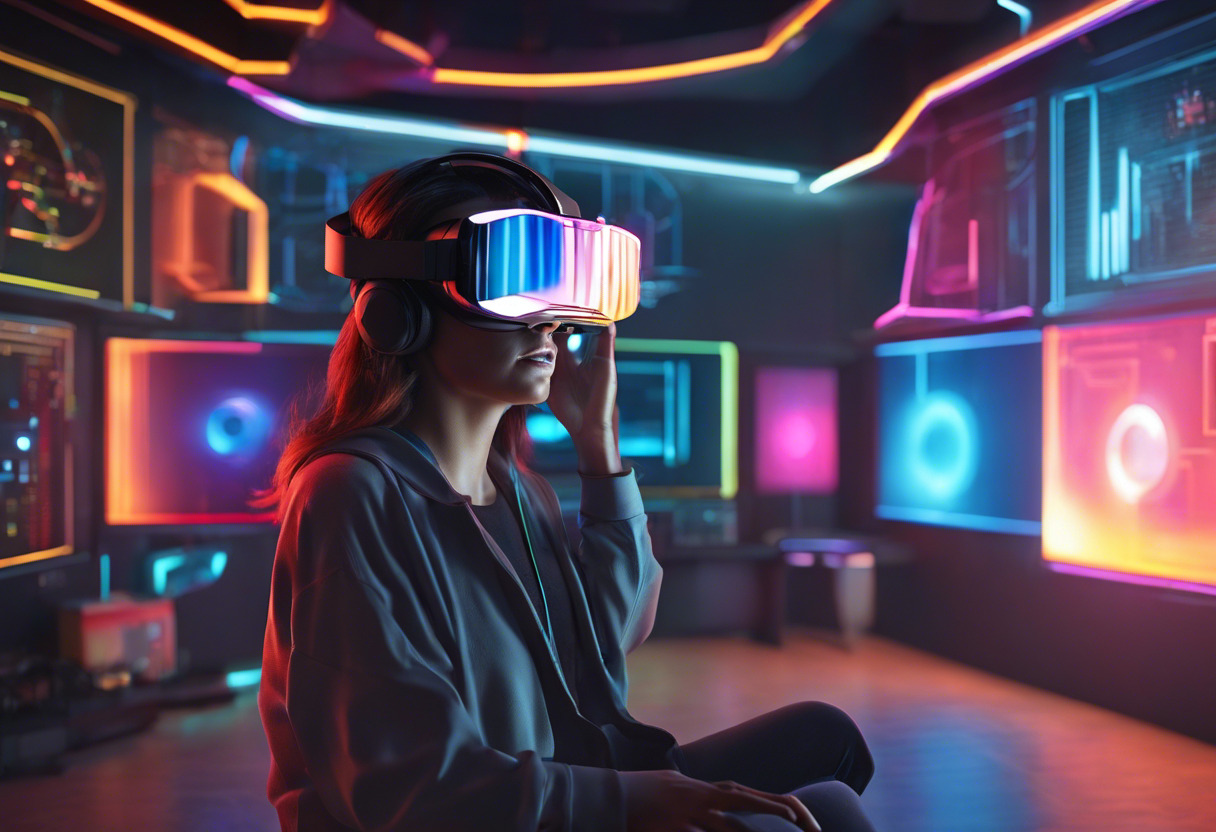
Pros of Oculus Rift
- Offers a realistic, immersive VR experience
- Features high resolution and an enhanced tracking system
- Touch controllers enhance comfort and immersion
Cons of Oculus Rift
- Rift S requires cabled connection to computer
- High GPU power requirement
- Discontinued in April 2021
The Ultimate Showdown: Gear VR vs DK1
Will Samsung’s Gear VR or Oculus VR’s DK1 take the VR supremacy crown? Let’s dive in.
For 3D Computer Graphics Creators
Gear VR takes the cake, given its seamless integration with Three.js. Leveraging WebGL technology for GPU-accelerated 3D animations, Gear VR facilitates browser-based animations without the need for plugins.
For Hardcore VR Enthusiasts
The DK1 is your go-to for a more immersive and realistic experience, boasting a lower tracking latency under 15ms and compatibility with Oculus Quest’s VR library.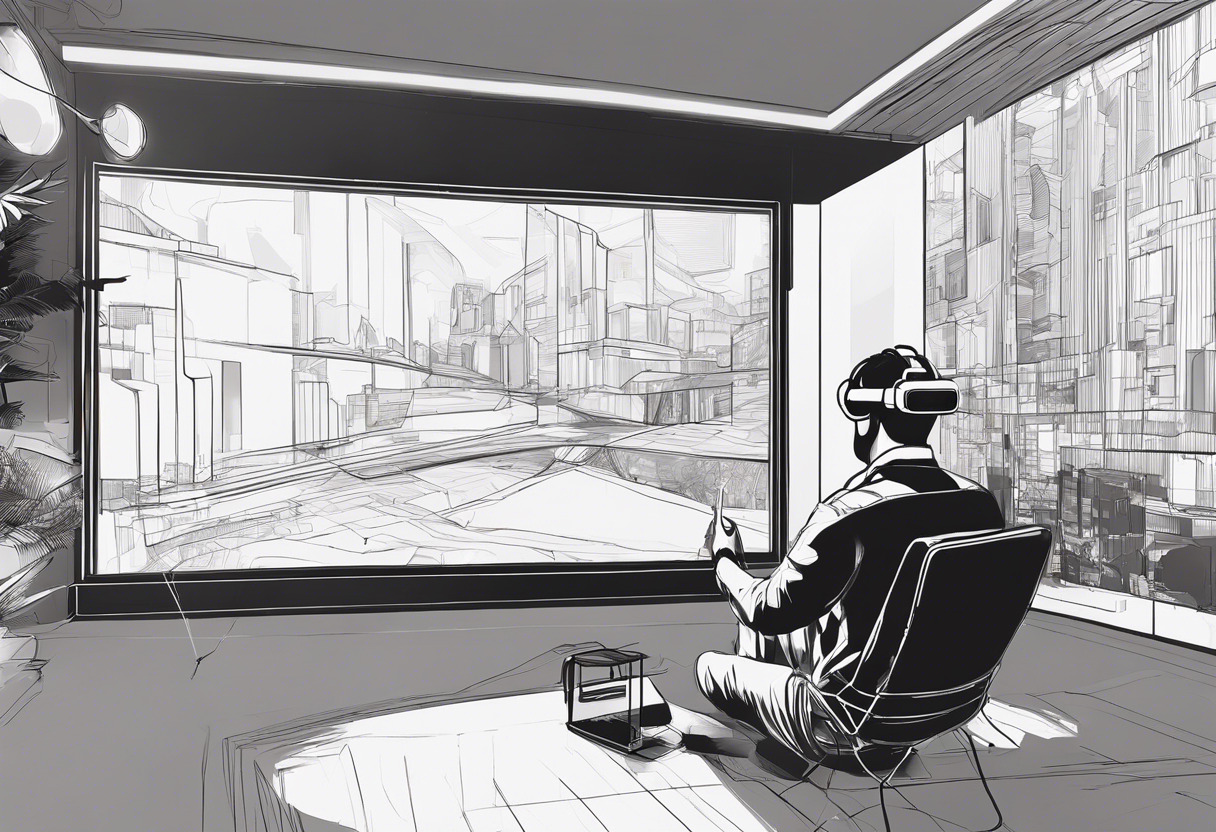
For Mobile VR-based Gamers
I recommend the Gear VR for mobile VR-based gamers, as its design allows for optimal gaming experiences provided by Samsung Galaxy devices.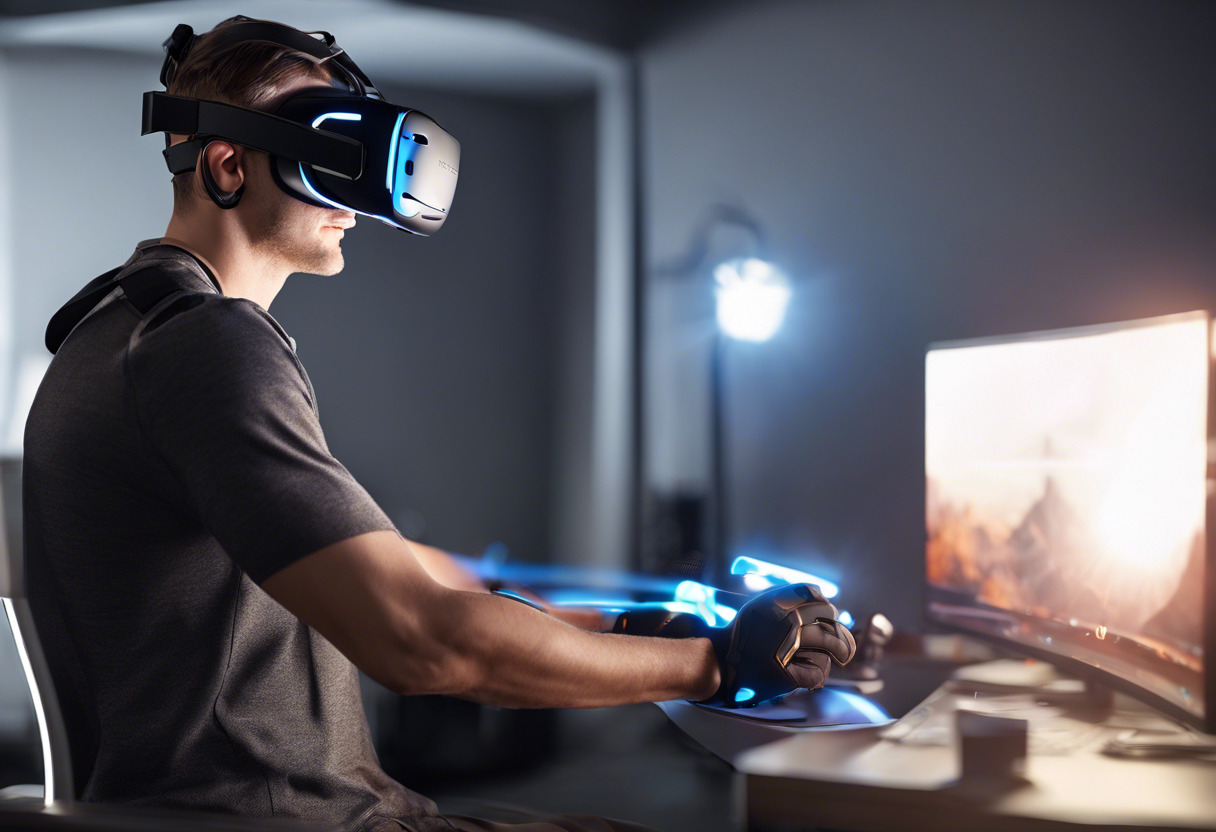
In summary, if ease-of-use and seamless graphics rendering are your requirements, Gear VR leads. However, for raw, immersive VR, the crown rests on the head of DK1.
Hannah Stewart
Content writer @ Aircada, tech enthusiast, metaverse explorer, and coffee addict. Weaving stories in digital realms.



